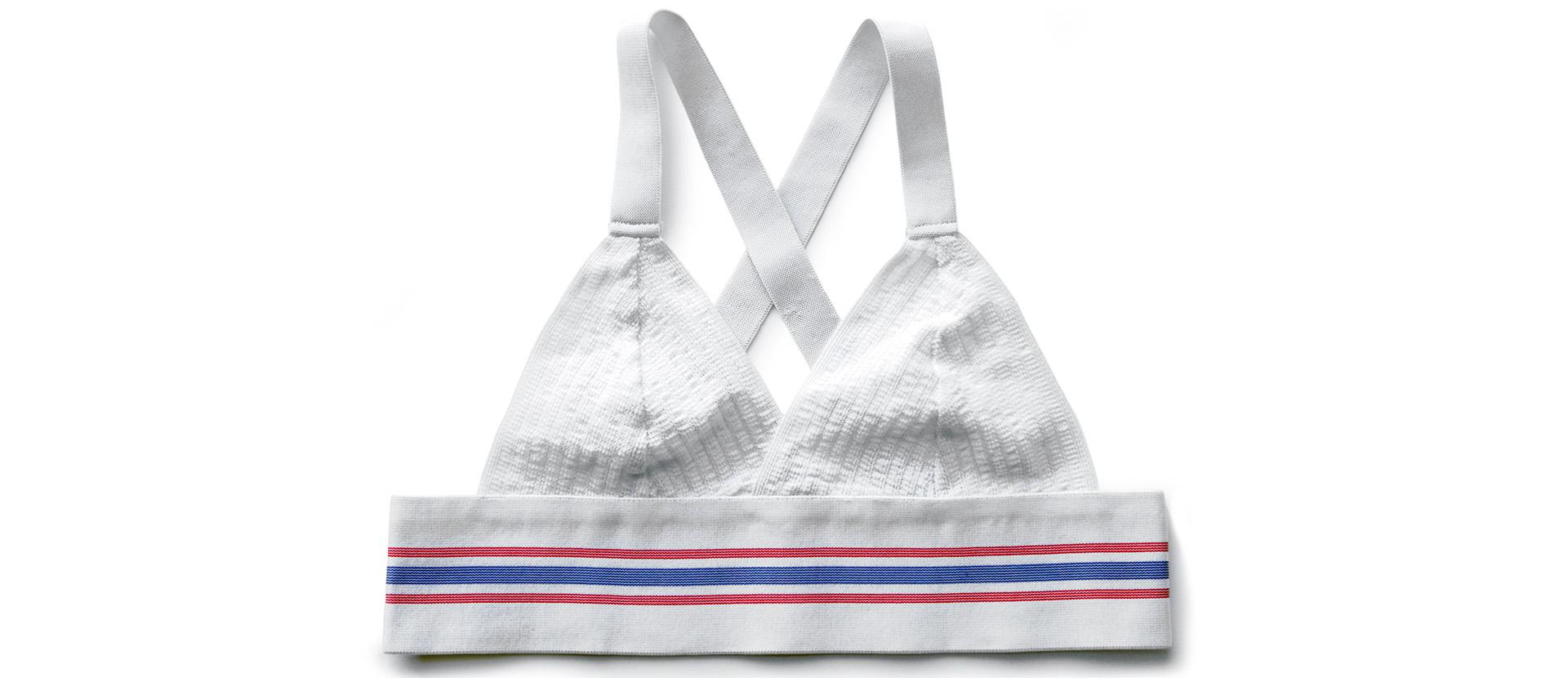One museum, one history
[[{"fid":"152","view_mode":"default","fields":{"format":"default","field_file_image_alt_text[und][0][value]":"","field_file_image_title_text[und][0][value]":"","field_copyright[und][0][value]":"Nicolas Krief et Sénat"},"type":"media","attributes":{"class":"media-element file-default","height":313,"style":"width: 210px; height: 170px; float: left; margin-right: 10px;","width":387}}]][[{"fid":"153","view_mode":"default","fields":{"format":"default","field_file_image_alt_text[und][0][value]":"","field_file_image_title_text[und][0][value]":"","field_copyright[und][0][value]":""},"type":"media","attributes":{"class":"media-element file-default","height":313,"style":"font-size: 10px; height: 170px; float: left; width: 210px; margin-right: 10px;","width":387}}]]
[[{"fid":"154","view_mode":"default","fields":{"format":"default","field_file_image_alt_text[und][0][value]":"","field_file_image_title_text[und][0][value]":"","field_copyright[und][0][value]":""},"type":"media","attributes":{"class":"media-element file-default","height":313,"style":"width: 210px; height: 170px; float: left;","width":387}}]]
At that time, visitors could admire twenty-four paintings by Rubens celebrating Marie de Medicis and around a hundred paintings from the Royal collection (Cabinet du Roi) by Leonardo da Vinci, Raphael, Veronese, Titian, Poussin, Van Dyck and Rembrandt. After these works were transferred to the Louvre, the Musée du Luxembourg was designated in 1818 a “museum for living artists”, or in other words, a museum of contemporary art. David, Ingres and Delacroix, among others, were exhibited there.
Having assumed responsibility for the Luxembourg Palace and Gardens in 1879, the Senate had the current building constructed between 1884 and 1886. The first Impressionist exhibition to be held in a national museum took place here, thanks to the Caillebotte bequest, comprising works by Pissarro, Manet, Cézanne, Sisley, Monet, Renoir, etc. This collection is now in the Musée d’Orsay. The Musée du Luxembourg was closed after a national museum of modern art was built in the Palais de Tokyo in 1937, and only reopened its doors to the public in 1979. The Ministry of Culture put on exhibitions there highlighting France’s regional heritage and collections from provincial museums, with the Senate retaining the right to oversee the programme and the use of the building.
In 2000, the Senate decided to take full responsibility once more for the Musée du Luxembourg, in order to introduce an integrated cultural policy for the Palace, Gardens and Museum. Although its primary objectives as a parliamentary assembly, are voting on legislation, monitoring government actions, evaluating public policy and financial forecasting, the Senate also has a duty to promote the heritage site for which it is responsible.
In order to achieve a far-reaching reputation and ensure excellence in the production and organisation of exhibitions at the Musée du Luxembourg, the Senate decided to call on professionals in this sector. The Musée du Luxembourg has since become established as one of the leading exhibition spaces in Paris, enabling its numerous visitors to enjoy the masterpieces of Botticelli, Raphaël, Titian, Arcimboldo, Veronese, Gauguin, Matisse, Vlaminck and Modigliani.
In 2010, the Senate delegated the running of the museum to the Public Establishment of the Réunion des Musées Nationaux and of the Grand Palais des Champs-Elysées (RMN-GP), favouring three programmes with themes linked to its history: “The Renaissance in Europe”, “Art and Power” and “Palace, Gardens and Museum: the Luxembourg in the heart of Paris, capital of the arts”.
Presenting nearly forty exhibitions every year and organising the events programme for a prestigious venue, the Grand Palais, the RMN-GP is one of the world’s leading exhibition and event organisers. As a cultural producer, the RMN-GP oversees the organisation and selection of events as well as their promotion and the publication of their catalogues.
It helps to enrich and increase awareness of France’s national heritage for a wide audience, throughout France and abroad.
Find out more about the French Senate
Rendez-vous at the Musée du Luxembourg

